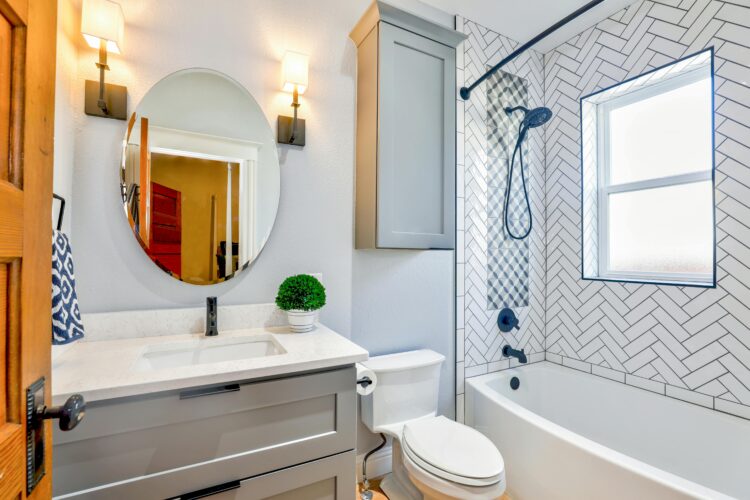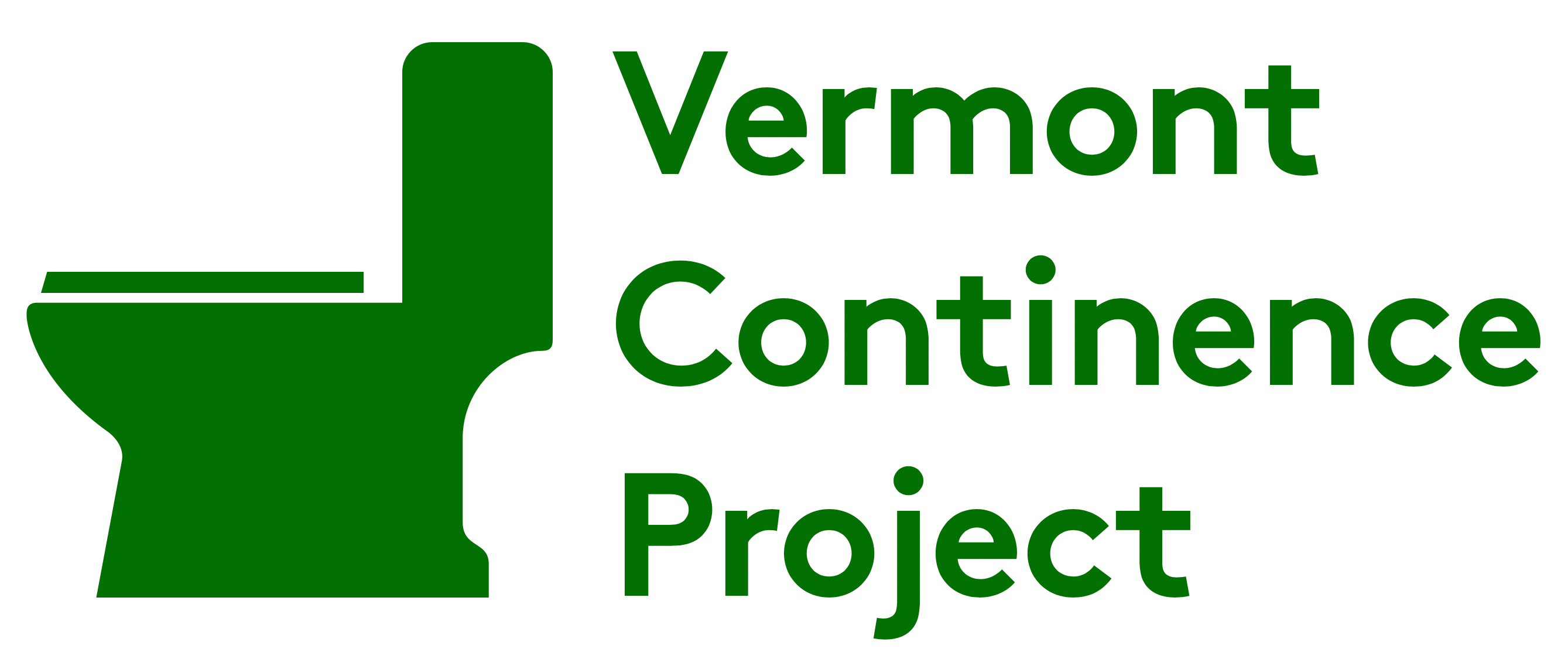Planning Toilet Teaching
Resources
Team up with your child and support their health
Parents are usually really eager and ready to work on toileting with their child, but there are some steps that we think have to come first. This page describes where to start, and how to progress with teaching your child to use the toilet.
Children have more success with toileting when they have strong relationships with their caregivers and their digestive health is good. Sometimes, these are the only cause of a child’s incontinence.
Before you follow any of the steps below, check out:
- Poop and Pee Accidents: we explain why accidents happen
- Toilet Refusal & Toilet Fear; why do some children refuse to use the toilet or show difficult behaviors when they’re asked to use the toilet? And how can parents help?

Most projects, including toilet teaching, go better with a clear understanding of where you are starting, and a clear plan. Figure out where you are in your “toileting journey” with your child: are you still close to the starting line, or are you far along? Take data about your child’s elimination health, and use this to make a plan. Usually, parents notice that their child’s patterns look different after they’ve had medical treatment.
Resources:
Teach your child about their body and about expectations. If your child is resistant to using the toilet, you may want to use some rewards.
Resources:
Research shows that children with sensitive bodies and senses and children with difficulties with motor skills have a harder time learning to use the toilet. These videos explain ways that we can support children more effectively on the toilet.
Resources:
- Sensory Processing & Toileting
- Breathing and Positioning for Toileting Success (Video Model)
- The Toileting Toolbox
- Positioning and Breathing for Toileting, Explained (coming soon)
Using well-placed rewards and a supportive environment, create a routine for your child. At the beginning, expect them to use the toilet once, or maybe twice per day, especially if they have been resistant in the past. The videos below will help you decide when and how often.
When a child is very successful with once or twice a day, this is a great time to expand your expectations.
You can increase expectations in many ways, such as:
- Add new environments for your child to use the bathroom (ie. Outside of the house)
- Decrease the amount of prompting or reminders (this sometimes leads to more accidents, but often does not). Remember, we have to feel the urge to go to make our own decisions to go! See this prompt heirarchy For details
- Increase the frequency of toileting times throughout the day.
- Remove your child’s barrier garment (pullup or diaper) for part of the day at home
- Add more hygiene and dressing skills. (see our “Inchstones” list for ideas)

